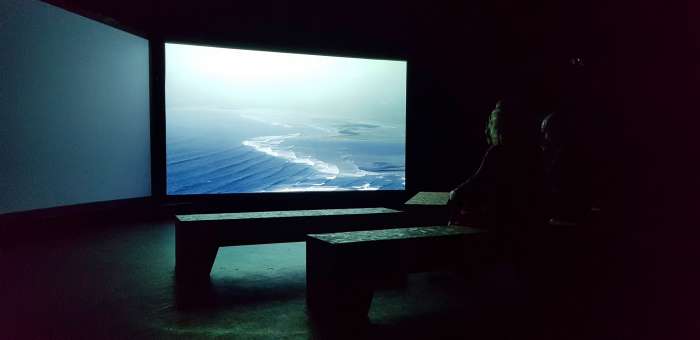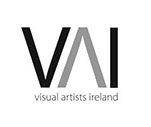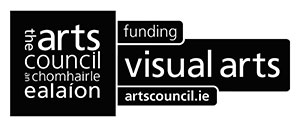Landfall
Peter Maybury

Description
Landfall is an hour-long dual-screen, dual-stereo film installation, which I shot, edited, produced and directed. The film installation was originally commissioned in 2019 by acclaimed theatre production company ThisisPopBaby for Where We Live: Stories from the City (2020), a bi-annual theatre and arts festival presented in association with the St. Patrick’s Festival. Landfall was presented at Project Arts Centre, Dublin. It was curated by David Donohoe, Eamonn Doyle and Niall Sweeney. Due to the closure of all cultural centres nationally on 12 March 2020, a measure resulting from Covid-19 containment efforts, the exhibition, originally scheduled to run until 21 March, was closed the day that it opened. The film is a succession of vignettes which combine to form interrelated observations on the island of Ireland as a set of conditions – geographical, political, ideological – with themes of contested ground, boundaries, containment, resources, energy, systems, and structures emerging. Chronology and geography are disrupted, thus correspondences across the material are explored through sequence and juxtaposition and recurring motifs or themes. In presentation the scale of the projection (human figures often equal or exceed life-size) reinforces or makes palpable the presence of human activity in the images of the built environment. Throughout the many locations, events and themes in the film, there is an overwhelming sense of the relentless presence, movement, and demonstrative will of people. The drummer recurs throughout the film, through footage of a spontaneous, late-night city-centre improvised musical gathering. This occurrence had remarkable and varied effect on passers-by and these filmed sequences are emblematic of tensions between private and civic space, as the city’s occupants reclaim and repurpose the streets.
Screenings
- 2020 — Landfall, Where We Live, Project Arts Centre, Dublin.
- 2018 — A Visibility Matrix, (Landfall excerpts), Sven Anderson and Gerard Byrne, The Douglas Hyde Gallery.
Reading
Details
Title
Landfall
Year
2020
Tags
contested ground, boundaries, protest, demonstration, containment, resources, energy, systems, structures
Language
English
Duration
01:00:00
Original formats
Digital 4k, Digital 2k
Screening formats
Digital 2K
Aspect ratio
16:9
Colour
Colour



